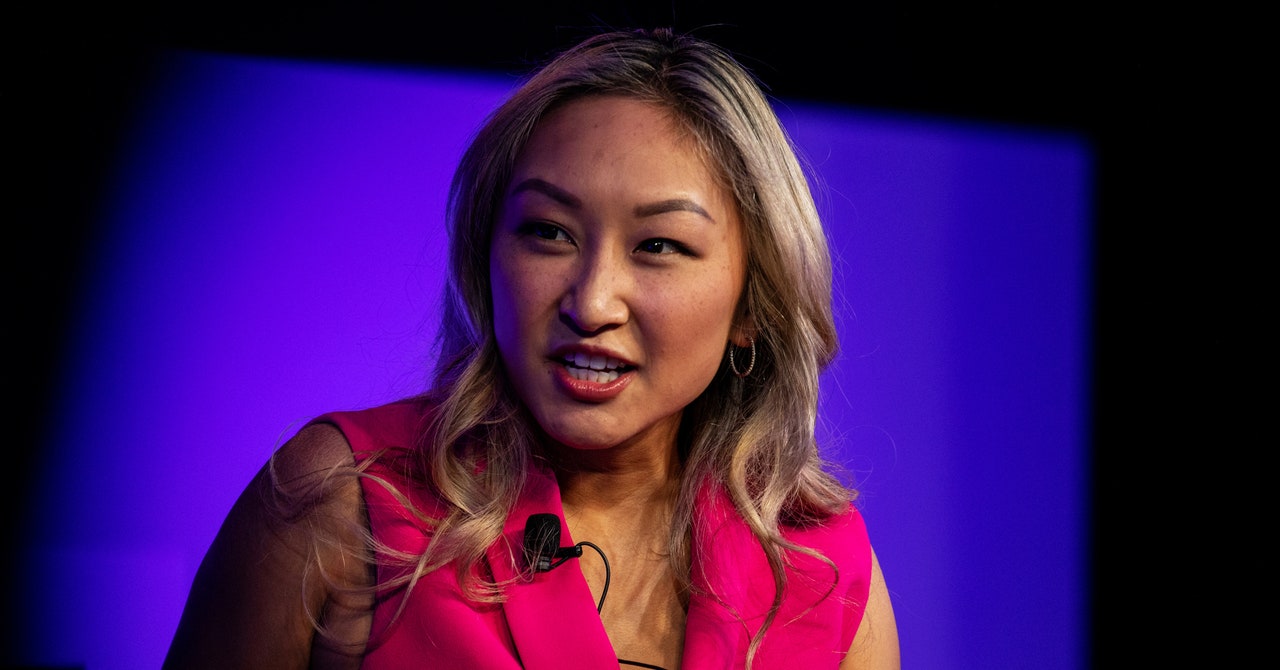In the years since, a wave of investment from companies large and small has spread facial recognition around the world, installed ever-listening virtual assistants in homes, and AI technology has become an integral part of just about every gadget, app, and service.
The race has now begun to find the applications of generative AI that will make a mark on the world. One of the first successes is Microsoft’s Copilot, which can write code for a given task and costs $10 a month. Another example is Jasper, which offers a service that automatically generates text for businesses to use in blog posts, marketing copy, and emails. Last week, the company announced it had raised $125 million in funding from investors who valued the company at $1.5 billion, and claimed to be on track to bring in $75 million in revenue this year.
Both Microsoft and Jasper built on the services of OpenAI, an AI company that started as a nonprofit with funding from Elon Musk and other tech celebrities. It is a pioneer in text generation, starting in 2019 with an algorithm called GPT-2. In late 2021, it released a more powerful commercial successor, known as GPT-3, for anyone to use.
OpenAI also kick-started the recent wave of interest in AI image generation by announcing a tool called DALL-E in January 2021 that could produce raw images for a text prompt. A second version, DALL-E 2, released in April 2022, is capable of displaying more sophisticated and complex visuals, demonstrating how fast the technology has progressed. A number of companies, including Stability AI, now offer similar image creation tools.
The hype in Silicon Valley can of course be ahead of reality. “There’s a lot of FOMO,” said Nathan Benaich, an investor at Air Street Capital and the author of “The State of AI,” an annual report that tracks technology and business trends. He says Adobe’s $20 billion acquisition of Figma, a collaborative design tool, has created a sense of rich opportunity in reinventing creative tools. Benaich looks at several companies investigating the use of generative AI for protein synthesis or chemistry. “It’s pretty crazy right now — everyone’s talking about it,” he says.
Joanne Chen, a partner at Foundation Capital and an early investor in Jasper, says it’s still difficult to turn a generative AI tool into a valuable business. Jasper’s founders have put most of their effort into tailoring the product to customer needs and tastes, she says, but she believes the technology can have many applications.
Chen also says the generative AI rush means regulation has yet to catch up with some of the unsavory or dangerous uses it could find. She is concerned about how AI tools can be misused, for example to create videos that spread misinformation. “What worries me most is how we think about security and fake and fake content,” she says.
Other uncertainties about generative AI raise legal questions. Amir Ghavi, a corporate partner at the law firm Fried Frank, says he has recently received a series of inquiries from companies looking to leverage the technology. They have grappled with things like the legal implications of using models who can be trained on copyrighted material, such as images scraped from the internet.
Some artists have complained that image generators threaten to undermine human creativity. Shutterstock, a stock photo provider, announced this week that it would offer an image generation service powered by OpenAI, as well as launch a fund that pays people who create images that the company licenses as training materials for AI models. Ghavi says using copyrighted material to train AI models will most likely fall under fair use, exempting it from copyright law, but adds that he expects it to be tested in court.
The open legal questions and the potential for malicious use of generative AI hardly seem to diminish investor interest. Their enthusiasm is sparking previous Silicon Valley frenzy over social apps and cryptocurrency. And the technology at the heart of this hype cycle may help keep the speculative flywheel spinning.
Venture capital firm Sequoia Capital explained the potential of generative AI in a blog post last month, in areas such as speech synthesis, video editing, and biology and chemistry. A postscript at the bottom noted that all images and some of the text, including future use cases for generative algorithms, were generated using AI.

